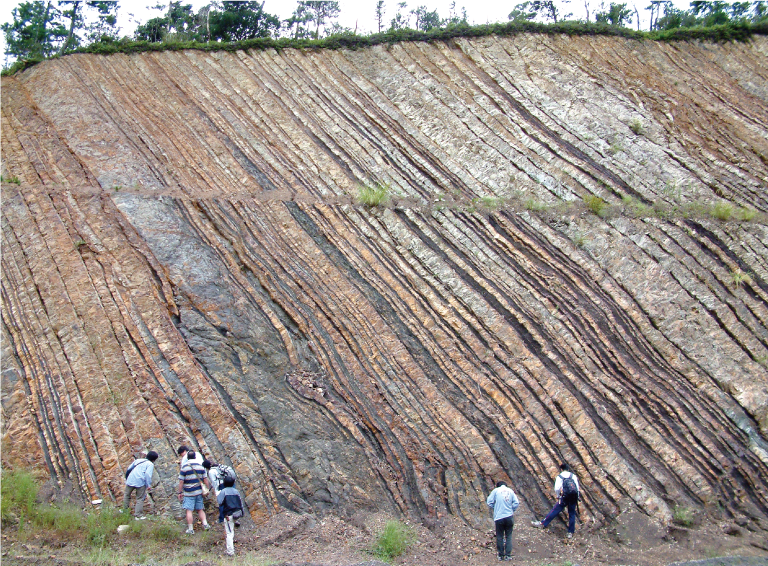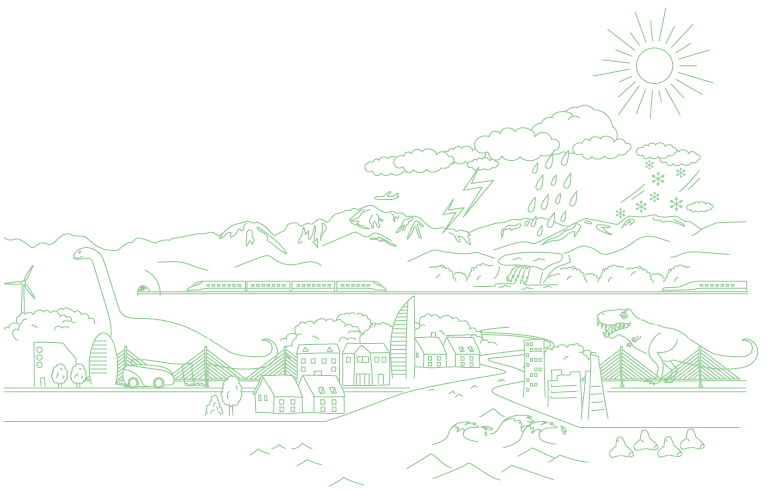
Let’s learn “Earth System Science” for implementing and achieving the Sustainable Development Goals (SDGs).

Natural disasters such as earthquake, volcanic eruption, tsunami, massive flood, landslides, typhoon, heat wave, and droughts etc. kill about 70,000 people and cause about US$ 140 billion worth of economic damage every year (annual 2006-2015 average). The number of people affected by disasters and estimated economic losses tend to increase, and the situation is getting worse. For sustainable development of a local community, disaster preparedness is necessary from a different angle. In order to encompass the sustainable development from global perspective, the Department of Earth System Sciences (ESS) aims at broadening and deepening research on Earth system. Covering all of the Earth’s “spheres” (atmosphere, hydrosphere, cryosphere, geosphere, pedosphere, lithosphere, biosphere, and magnetosphere), the ESS department consists of two main research groups; geological science group (e.g., mineralogy, paleontology, petrology, structural geology and volcanology), and geophysical science group (e.g., geo-electromagnetic physics, physics of rocks, glaciology and meteorology). The ESS department offers undergraduate and graduate degree programs which center upon course work in “Earth System Science.” Involving field study, experimental research, data analysis and numerical modeling, our earth science programs are designed to prepare students for careers in earth science-related professions (such as, green power industry, government offices for disaster prevention and forecasting, geological and environmental consultants, civil engineering and construction industry, mining companies, museums and so on).